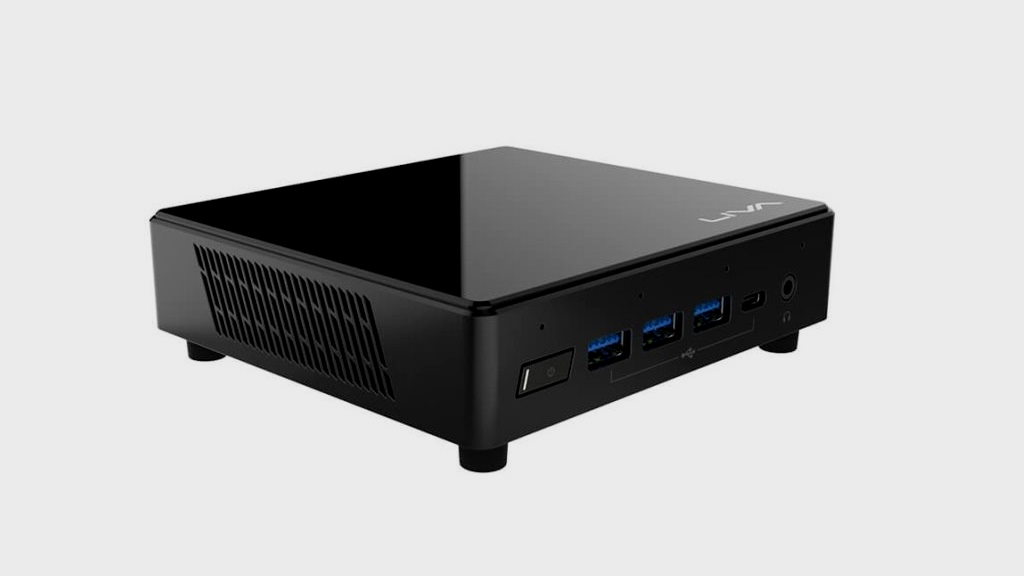
According to data provided by Juniper Researchit is estimated that the value of central bank digital currencies (Central Bank Digital Currency – CBDC) will increase considerably over the next seven years. In this way, it would go from the current 100 million dollars to 213 billion by 2030.
It is curious, but there are forecasts that determine that in 2030 92% of the total value traded through CBDC will be paid nationallybeing increasingly complex to establish a cross-border payment system.
The CBDC is shown as a new form of money issued, electronically, by a central bank. Only then will it be achieved improve the payment system, since central banks own their digital currencies and can increase electronic payments and drive the decline in the use of cash. In addition, they are freed from the presence of the stablecoinswhich can put the financial stability of the state at risk.
He Governing Council of the European Central Bank (ECB)launched the project of digital euro in July 2021, something that is currently being worked on to launch it on the market as soon as possible. It is yet another example of how the CBDC would be backed by traditional fiat money and would ensure that clients would not have to have a bank account to hold it, but rather just encrypted digital wallets in the cloud, on a USB or on a computer.
The improvements that CBDC will bring
In addition to the convenience of not having to open a bank account, immigrants will be able to send money to their countries of origin without having to pay excessive fees, and even companies will be able to make cross-border payments with cheaper and instant settlements.
Another aspect to take into account is the reduced printing costs and money replacement, fighting fraud and contributing to the recovery of money paid to fraudsters.
Governments may set all the characteristics of the CBDC administration, from interest rates to the money supply. In addition, the control will be exhaustive, since the authorities will be able to closely control what their citizens spend their money on.
the first countries
China launched its digital yuan, followed by pilot programs developed in Australia, Thailand, Brazil, South Korea, Russia and India. By 2030, the Bank of England and the UK Treasury plan to launch a digital pound or CBDC Britcoin. The US has lagged behind in this race, as it has given priority to private cryptocurrencies. Work on a digital dollar, equivalent to one SWIFT next generation network. The idea would be to create a CBDC to buy, but not to save, as a test.
As early as March 2022, the US president, Joe Biden issued an executive order to encourage the development of a CBDC through the Federal Reserve Bank as a way of supervising the action of cryptocurrencies, being controlled by the us treasury. Back in November, the Federal Reserve Bank of New York began development of a wholesale CBDC prototype, the Project Cedarwhich is in phase 2 of study.
Despite the fact that many countries have taken small steps, no one has decided to adopt it in a general way, and therefore, it has not set the rules of the large international payment systems. Whoever establishes them first will set the course for the rest.
What is relevant is that 114 countries, representing 95% of world GDP, are investigating the creation of CBDCs, although only 16% of the projects are in the pilot phase. The rest, 30%, is under development and 27% in the research phase.
Legal limitations
CBDCs will require a complex regulatory framework that include privacy standards, consumer protection and actions to prevent money laundering, since otherwise the national security of the country that uses them would be jeopardized. Thus, both geopolitical aspects and widespread fraud could be diminished.
Currently cross-border payments have high costs and transaction speeds are slow. This would mean that the payment industry in general would benefit from CBDCs and therefore would build a complete financial network that included digital wallet, wholesale capabilities and commercial acceptance.
In this regard, developers are experimenting with establishing a rigorous programming in CBDC-enabled payment value chains. Countries like Russia and China know that if they depend on US currencies they could be hit with significant sanctions. In fact, China has tested cross-border payments with the central banks of Thailand and the United Arab Emirates, which poses widespread risk.



